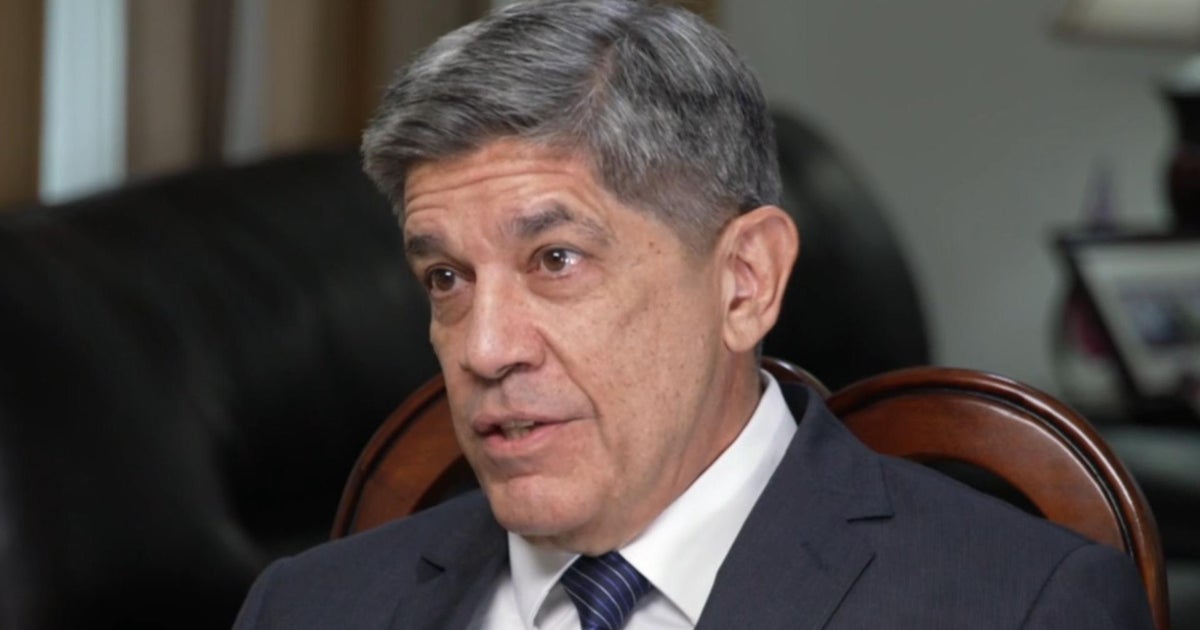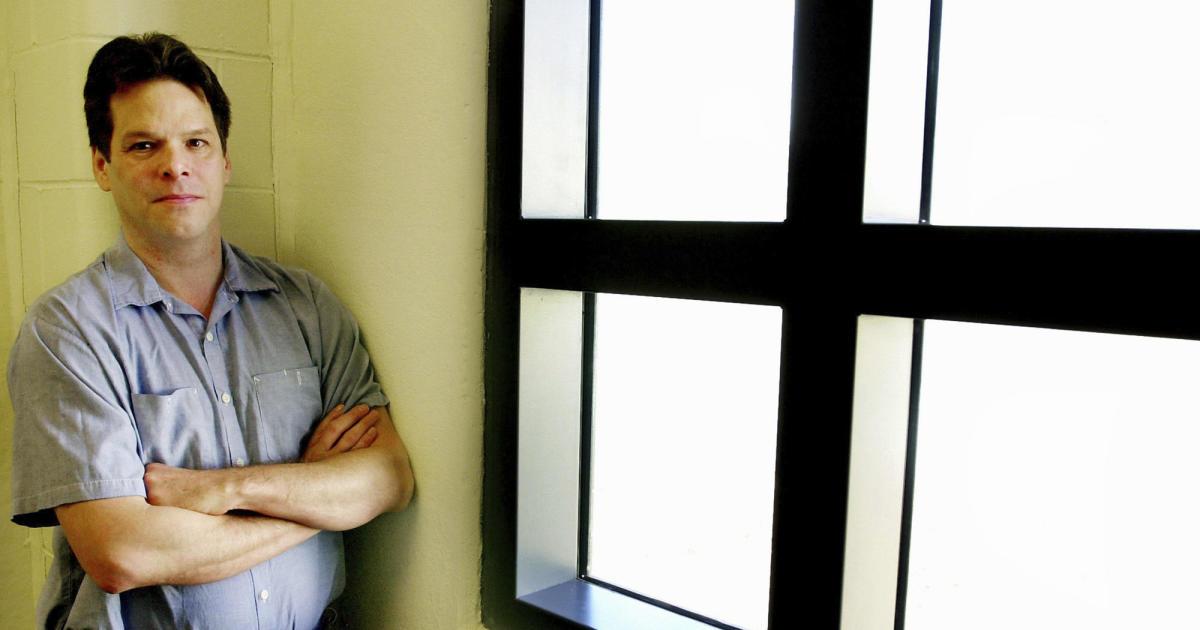Northrop Grumman Antares rocket boosts space station cargo ship into orbit
Running nearly a week late, a Northrop Grumman Antares rocket finally thundered away from Virginia's Eastern Shore on Saturday, lifting a Cygnus cargo ship into orbit for a three-day flight to the International Space Station.
The rocket's Russian-built RD-181 first stage engines flashed to life at 3:21 p.m. EST and throttled up with a jet of brilliant exhaust. A few seconds later, after a final round of computer checks, the rocket was released from pad 0A at the Mid-Atlantic Regional Spaceport — MARS — at NASA's Wallops Island, Virginia, facility.
Climbing away to the southeast directly into the plane of the space station's orbit, the upgraded Antares 230+ rapidly accelerated as it consumed propellants and lost weight, disappearing from view in a partly cloudy sky.
The launch came six days after a last-minute abort last Sunday due to problems with ground support equipment. Mission managers then opted to reschedule for Friday to make repairs, wait out bad weather and replace time-sensitive science samples in the station-bound Cygnus cargo. But dangerous upper level winds triggered another delay, pushing the launch to Saturday.
Once off the pad, the climb to orbit went smoothly, and the supply ship was released to fly on its own about nine minutes after liftoff. If all goes well, the Cygnus will reach the space station early Tuesday, pulling up to within about 30 feet and then standing by while astronaut Drew Morgan, operating the lab's robot arm, locks onto a grapple fixture.
Flight controllers at the Johnson Space Center will take over at that point, remotely operating the arm to pull the cargo ship in for berthing at the Earth-facing port of the central Unity module.
The unpiloted Cygnus, making Northrop Grumman's 13th supply run to the station, is loaded with 1,570 pounds of food, clothing and personal items for the station's crew, 2,129 pounds of science hardware and experiment samples — including the first scanning electron microscope ever carried to orbit — 3,501 pounds of space parts and other station hardware and 245 pounds of spacewalk gear an computer equipment.
Also on board: two varieties of cheese and fresh fruit for the crew, "always a tasty treat," said Ven Feng, manager of NASA's space station transportation integration office.
"It's always usually a race to see who can get that small pouch of fresh fruit and vegetables," he joked. But "we do have a number of crew-specific food items that we're sending. This crew in particular had a couple of candy choices that they wanted. I don't know if that was for Valentine's Day or perhaps just their personal likes."
The Cygnus is expected to remain attached to the station until May 11.
SpaceX plans to follow the Cygnus mission with launch of a Dragon cargo ship atop a Falcon 9 rocket on March 2. Launched from Cape Canaveral, the Dragon — carrying yet another load of supplies and equipment — is expected to reach the space station March 4 and remain in place until early April.
A Russian Soyuz spacecraft is scheduled for launch April 9 carrying vehicle commander Nikolai Tikhonov, Andrei Babkin and NASA astronaut Chris Cassidy to the lab complex. Eight days later, on April 17, the station's current three-member crew — Morgan, Expedition 62 commander Oleg Skripochka and Jessica Meir — will return to Earth.
The next major event after that is the launch of a Russian Progress freighter April 25.
NASA and its partners are re-assessing the resupply schedule given delays getting commercial crew ferry ships built by Boeing and SpaceX off the ground. The Russian space agency Roscosmos, anticipating the planned start of U.S. crew rotation flights, has scaled back production of its three-seat Soyuz spacecraft and only plans two launches this year, the first on April 9 and the second around October 14.
Each Soyuz will carry one NASA astronaut and two Russian-sponsored crew members. As a result, until U.S. crew rotation flights commence, only one NASA astronaut will be aboard the station after April 17, limiting the amount of science that can be done, ruling out non-emergency spacewalks and reducing the amount of supplies needed.
"We're going to optimize the cadence of commercial cargo vehicles to match our needs based on our crew and our staffing up on orbit," Feng said. "We continually watch that. There's some flexibility which our commercial resupply partners offer and we intend to take advantage of that and deliver cargo when it makes the most sense."
SpaceX and NASA managers, meanwhile, hope to minimize research downtime aboard the lab by launching two astronauts to the space station on a long-awaited piloted test flight, known as Demo-2, in May, possibly as early as May 7. Whenever it flies, it will be the first launch of U.S. astronauts aboard an American spacecraft from U.S. soil since the shuttle's last flight in 2011.






